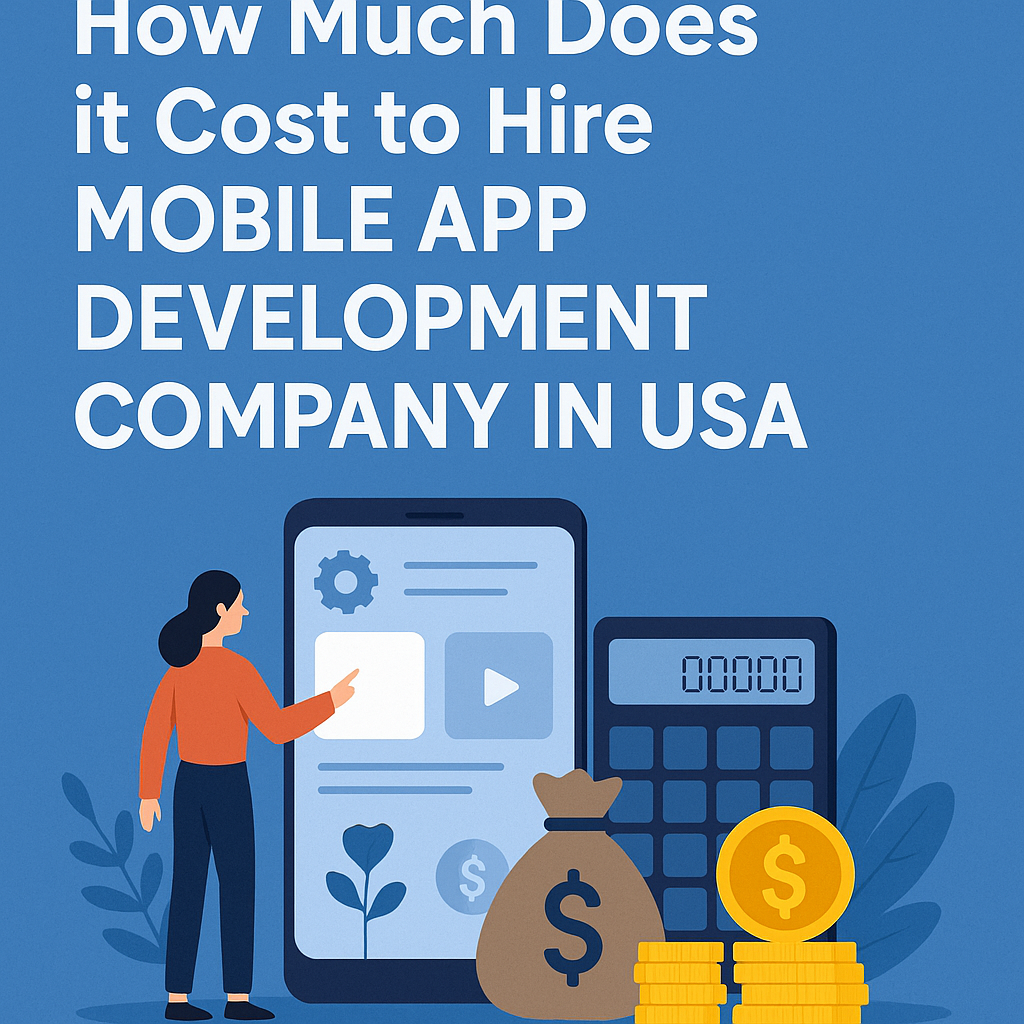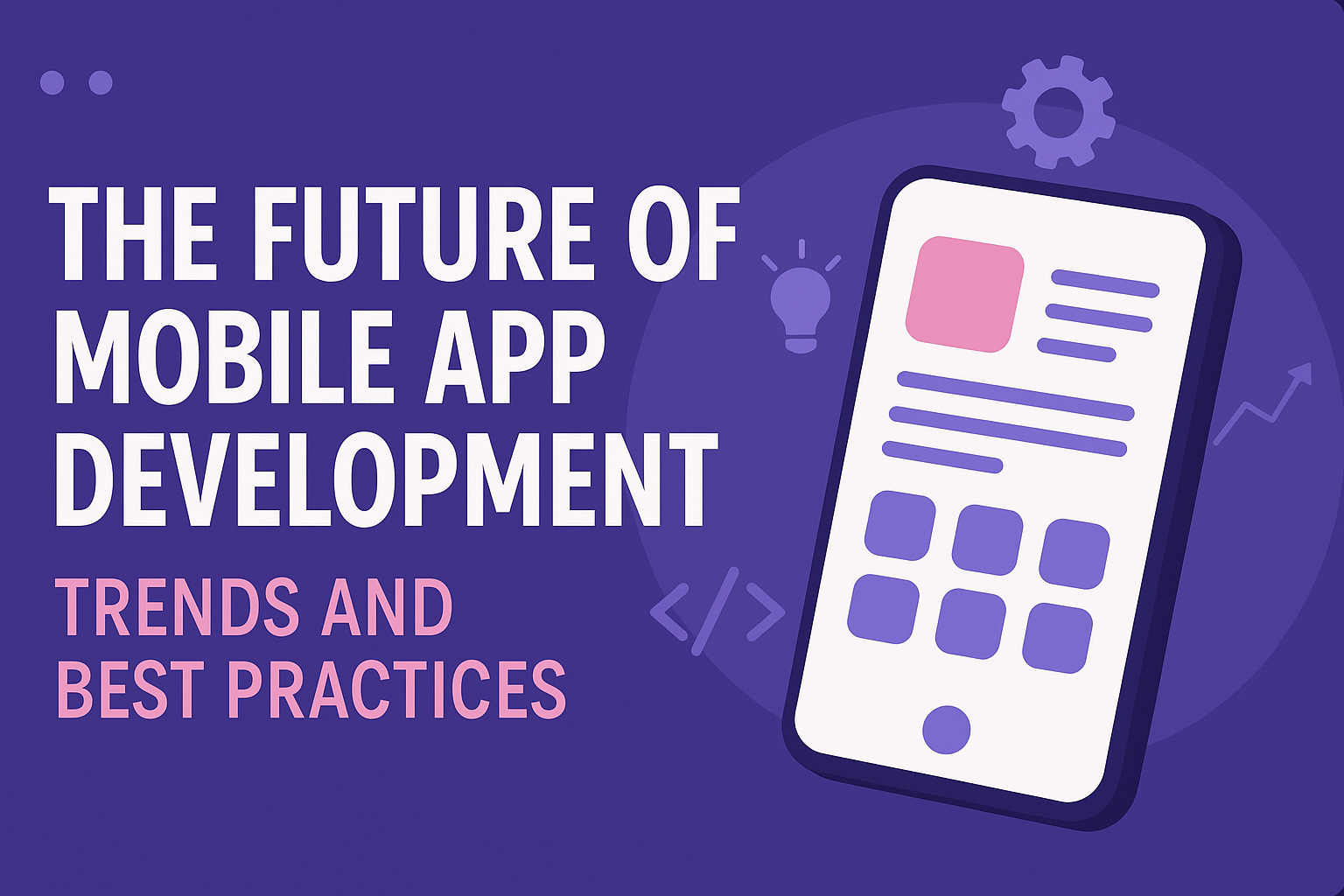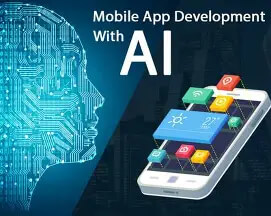The Future of Food: Emerging Technologies in Restaurant App Development

Strong 8k brings an ultra-HD IPTV experience to your living room and your pocket.
The restaurant industry is undergoing a dramatic transformation, driven largely by technological advancements. As diners increasingly seek convenience and personalized experiences, restaurant owners are turning to innovative solutions to meet these demands. Restaurant App Development has emerged as a crucial element in this evolution, enabling eateries to enhance customer interactions and streamline operations. With mobile apps at the forefront, restaurants can leverage emerging technologies to create a future that promises not just meals but memorable dining experiences.
✍️ Looking to save costs while reaching a wider audience? Discover the pros and cons of cross-platform app development and see why startups and enterprises are adopting Flutter and React Native.
1. AI-Powered Personalization
Artificial Intelligence (AI) is revolutionizing how restaurants understand and interact with their customers. By analyzing data from past orders and customer preferences, AI can offer tailored recommendations that enhance the dining experience.
- Tailored Recommendations: Imagine walking into a restaurant where the app suggests dishes based on your previous visits or dietary preferences. This level of personalization not only makes ordering easier but also creates a more intimate dining experience.
- Dynamic Pricing: Some establishments are beginning to use AI to adjust menu prices in real-time based on demand, time of day, or even weather conditions. For instance, a sunny day might prompt lower prices on refreshing drinks to attract more customers.
2. Contactless Ordering and Payment
In the wake of the COVID-19 pandemic, contactless solutions have surged in popularity.
- Safety and Convenience: QR codes allow diners to view menus and place orders directly from their smartphones, reducing physical contact and streamlining the ordering process.
- Streamlined Processes: This system speeds up service, allowing restaurants to serve more customers efficiently. It also reduces wait times, making the dining experience more enjoyable.
3. Virtual and Augmented Reality
Emerging technologies like virtual reality (VR) and augmented reality (AR) are redefining how restaurants engage with their guests.
- Immersive Experiences: AR can transform how customers view the menu. By scanning a code, diners might see 3D images of dishes, helping them visualize their choices before ordering.
- Virtual Tours: Restaurants can offer VR tours of their premises, showcasing the ambiance and unique features to entice potential customers even before they step foot inside.
4. IoT and Smart Devices
The Internet of Things (IoT) is connecting devices in ways that enhance operational efficiency and customer experience.
-
Connected Kitchens: Smart appliances can monitor inventory levels in real-time, alerting staff when supplies are low. This capability helps avoid food shortages and ensures popular items are always available.
- Customer Interaction: Smart tables equipped with tablets or touchscreens can allow diners to place orders, call for assistance, or even pay their billsCustomer Interaction: Smart tables equipped with tablets or touchscreens can allow diners to place orders, call for assistance, or even pay their bills without needing to flag down a server.
5. Data Analytics for Better Decision-Making
Data analytics provides valuable insights that can drive restaurant success.
- Customer Insights: By analyzing customer data, restaurants can identify trends, such as peak dining times or popular menu items. This knowledge can inform marketing strategies and menu design.
- Performance Tracking: Analytics can help restaurants assess the effectiveness of promotions or menu changes, enabling them to make informed decisions that boost profitability.
6. Sustainability through Technology
Sustainability is more than just a trend; it’s becoming a necessary focus for restaurants.
- Eco-Friendly Practices: Technologies that monitor food waste can help restaurants identify areas for improvement. For instance, if a particular ingredient is consistently thrown away, it might signal the need to adjust the menu or purchasing practices.
- Transparency in Sourcing: Apps can provide information about the origins of ingredients, allowing diners to make informed choices that align with their values regarding sustainability and ethical sourcing.
7. Enhanced Delivery and Logistics
As delivery continues to grow in importance, restaurants must adapt their strategies.
- Efficient Delivery Systems: Innovative technologies improve delivery routes and times, ensuring that food arrives fresh and hot. This efficiency is essential for maintaining customer satisfaction.
- Partnerships with Delivery Platforms: Collaborating with popular food delivery services can help restaurants expand their reach and attract new customers, ultimately increasing revenue.
8. Integration of Social Media Features
Social media has become an integral part of marketing for restaurants.
- Community Building: Apps can integrate social features that allow customers to connect, share experiences, and promote events. This sense of community can enhance customer loyalty and engagement.
- User-Generated Content: Encouraging diners to share photos and reviews directly through the app can generate authentic marketing content and attract new customers.
9. Customizable Loyalty Programs
Loyalty programs are evolving, and technology plays a pivotal role.
- Personalized Rewards: Restaurants can use apps to offer rewards that are tailored to individual customer preferences, whether it’s a free dessert for regular visitors or discounts for trying new menu items.
- Gamification: Introducing elements of gamification, such as challenges or point systems, can enhance customer engagement and encourage repeat visits.
10. Collaborating with Startup Mobile App Development
The rapid pace of change in restaurant technology means that collaboration is key.
- Innovative Solutions: Partnering with a Startup Mobile App Development company can provide access to cutting-edge features that enhance the dining experience and operational efficiency.
- Cost-Effectiveness: Startups often offer competitive pricing, making it easier for restaurants of all sizes to invest in custom app solutions that meet their specific needs.
Conclusion: Embracing the Future of Food
The restaurant industry is at a pivotal moment, with technology reshaping the way businesses operate and interact with customers. By embracing innovations in Restaurant App Development, restaurants can not only survive but thrive in this new landscape. As customers increasingly demand convenience, personalization, and sustainability, those who adapt and invest in technology will likely find themselves leading the charge in the future of dining.
Note: IndiBlogHub features both user-submitted and editorial content. We do not verify third-party contributions. Read our Disclaimer and Privacy Policyfor details.







